Navigating the Digital Threats: Cybersecurity in the Superyacht Industry
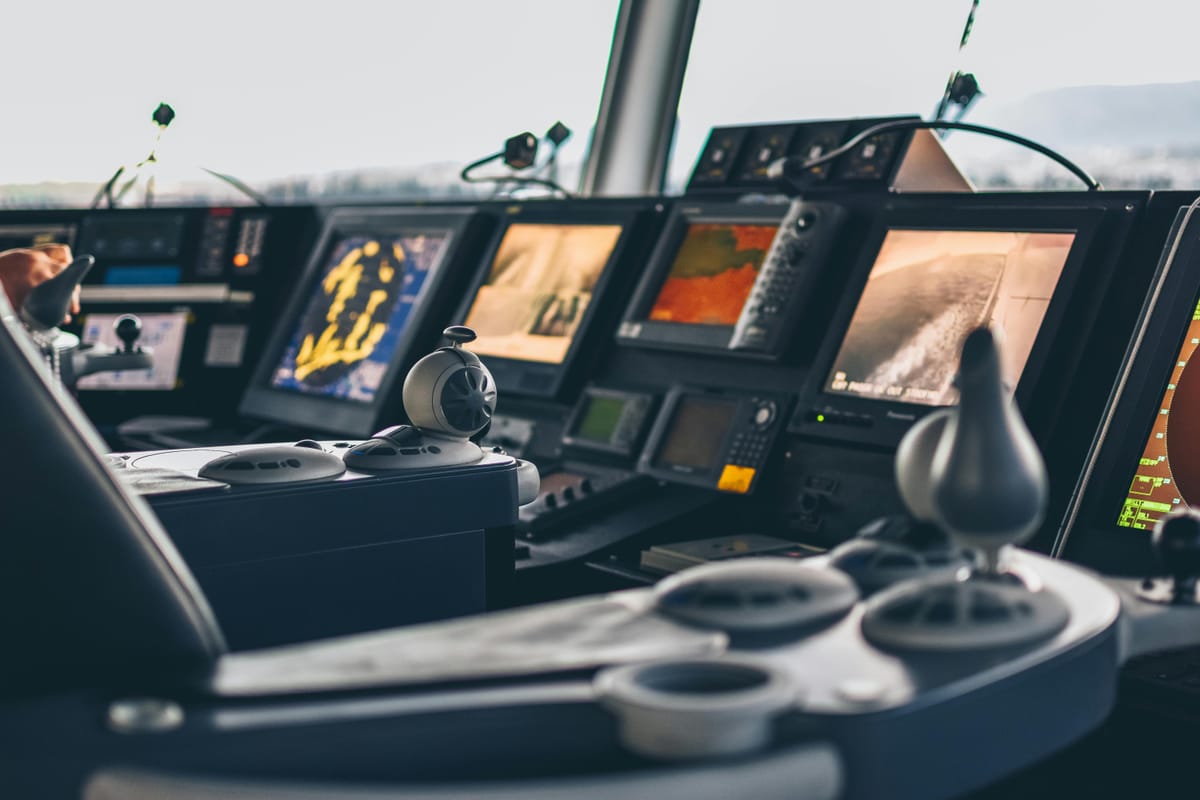
As technology continues to revolutionize the yachting world, superyachts are evolving into floating smart homes, complete with advanced navigation systems, high-speed satellite communications, and fully integrated onboard automation. However, as vessels become increasingly connected, they also become more vulnerable to cyber threats, exposing owners, guests, and crew to serious security risks.
Cybercrime is no longer limited to traditional businesses and governments—it has found its way into the luxury sector, with superyachts becoming prime targets for hackers. From ransomware attacks that seize control of a vessel’s digital systems to data breaches that expose private communications, the dangers of cybercrime in the maritime industry can no longer be ignored.
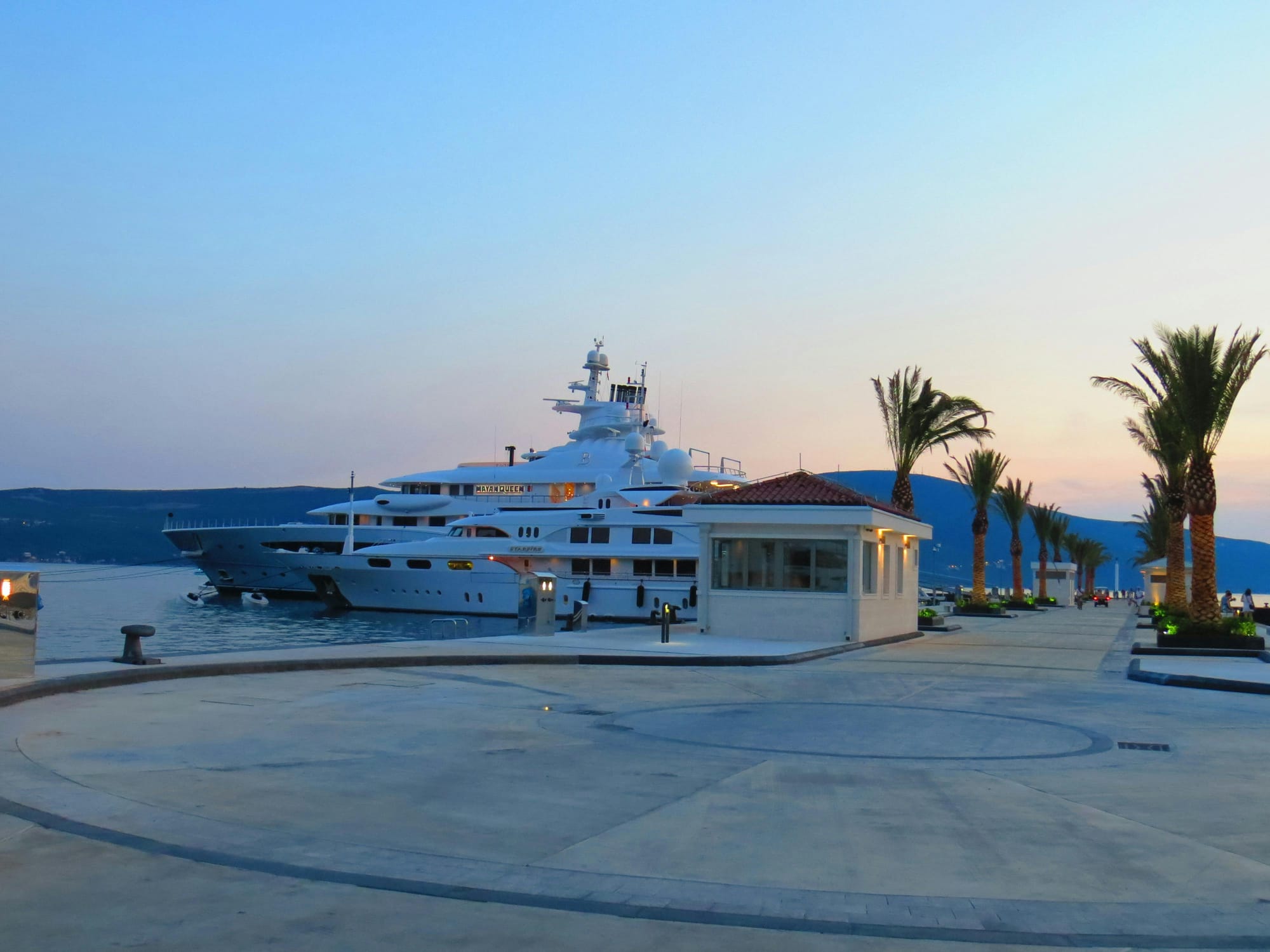
The Myth of Security at Sea
Many yacht owners operate under the assumption that their vessels, isolated in the open ocean, are inherently protected from cyberattacks. However, cybersecurity experts warn that this sense of security is misleading. Unlike traditional shore-based IT infrastructures, yachts rely on multiple communication networks, including satellite systems, Wi-Fi hotspots, and cellular data connections, all of which can be exploited by cybercriminals.
Hackers can target yachts in several ways:
- Phishing Attacks – Fraudulent emails or messages designed to trick crew members into providing login credentials or clicking on malicious links.
- Man-in-the-Middle Attacks – Intercepting unencrypted communications between the yacht and the shore to steal sensitive data.
- Navigation System Tampering – Hackers can manipulate GPS signals, causing the yacht to veer off course or display incorrect positional data.
- Ransomware – Malicious software that locks yacht owners and crew out of critical systems, demanding a ransom to restore access.
Given the increasing sophistication of cybercriminals, even yachts equipped with state-of-the-art security systems are not immune to digital threats.
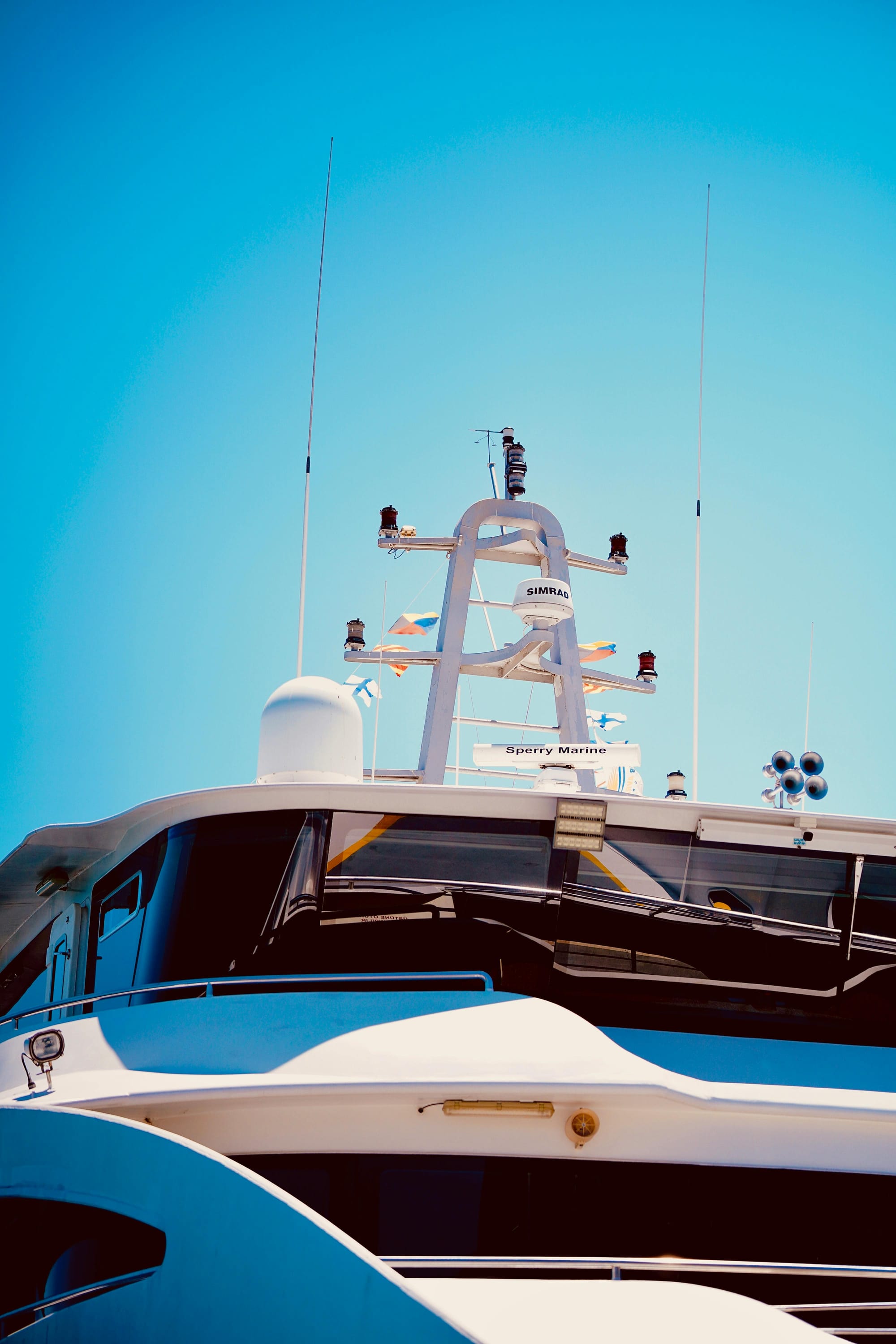
A Growing Concern in the Superyacht Industry
Cybersecurity has traditionally been an afterthought in yacht design, with shipbuilders and owners prioritizing luxury and aesthetics over digital resilience. However, as cyberattacks become more frequent in the maritime sector, cybersecurity is gaining recognition as an essential aspect of yacht ownership.
During the Superyacht Design Festival, a panel of security specialists highlighted the urgent need for cybersecurity integration in modern yacht designs. Experts emphasized that as yachts continue to adopt cutting-edge technology—such as remote monitoring, smart automation, and AI-driven navigation—their potential attack surface grows exponentially.
Some of the most common cybersecurity vulnerabilities in yachts include:
- Unsecured Guest and Crew Wi-Fi Networks – Weakly protected networks make it easy for hackers to infiltrate systems.
- Default or Weak Passwords – Many onboard systems come with factory-set credentials that are rarely changed.
- Outdated Software – Failure to install updates leaves vessels open to known vulnerabilities.
- Lack of Crew Training – Even the most secure systems can be compromised by human error.
Addressing these vulnerabilities requires a proactive approach to cybersecurity, ensuring that superyachts remain digitally secure in an increasingly interconnected world.
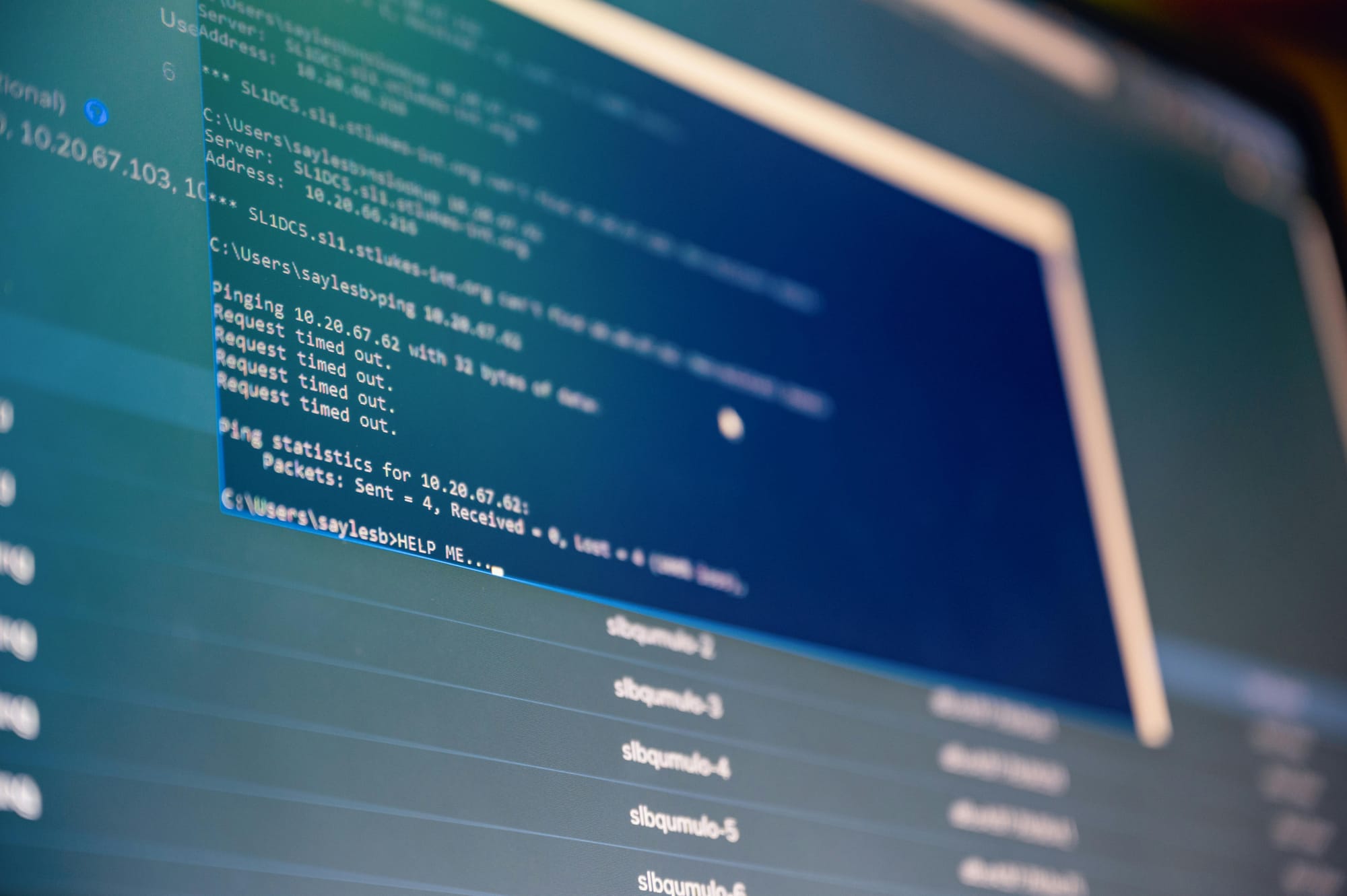
Strategies for Enhancing Yacht Cybersecurity
To protect against cyber threats, yacht owners and operators must implement comprehensive security protocols that go beyond standard IT solutions. Below are some best practices recommended by cybersecurity professionals:
1. Cyber Risk Assessments
Regular cybersecurity audits help identify weaknesses in a yacht’s digital infrastructure. By conducting penetration testing and risk assessments, experts can pinpoint vulnerabilities before hackers exploit them.
2. Secure Network Segmentation
Separating guest, crew, and operational networks reduces the risk of a single point of failure. If one network is compromised, others remain secure.
3. Crew Cybersecurity Training
Human error is one of the leading causes of cyber breaches. Educating crew members on password hygiene, phishing awareness, and secure communication protocols is crucial to maintaining digital security onboard.
4. Advanced Firewalls and Encryption
Installing high-level encryption and multi-layered firewalls helps block unauthorized access. Secure Virtual Private Networks (VPNs) can also encrypt onboard data transmissions, making it harder for cybercriminals to intercept sensitive information.
5. Regular Software Updates
All onboard systems, from navigation software to entertainment platforms, should be kept up to date to eliminate known vulnerabilities. Automated updates or scheduled security patches can help prevent exploits.
6. Incident Response Plans
Having a cybersecurity contingency plan in place ensures that crew members know how to respond to a security breach, minimizing potential damage. This plan should include emergency shutdown procedures, data recovery protocols, and access to on-call cybersecurity experts.

Cybersecurity and Superyacht Insurance
As cyber threats become more sophisticated, insurance providers are recognizing the importance of cybersecurity in the maritime sector. Companies such as Dryad Global and Beazley now offer cyber insurance policies tailored specifically for superyachts, covering:
- Financial losses from ransomware attacks
- Data breaches and liability claims
- Cyber extortion
- Incident response services, including forensic investigation and legal support
Investing in comprehensive cyber insurance provides yacht owners with an added layer of financial protection in the event of an attack.
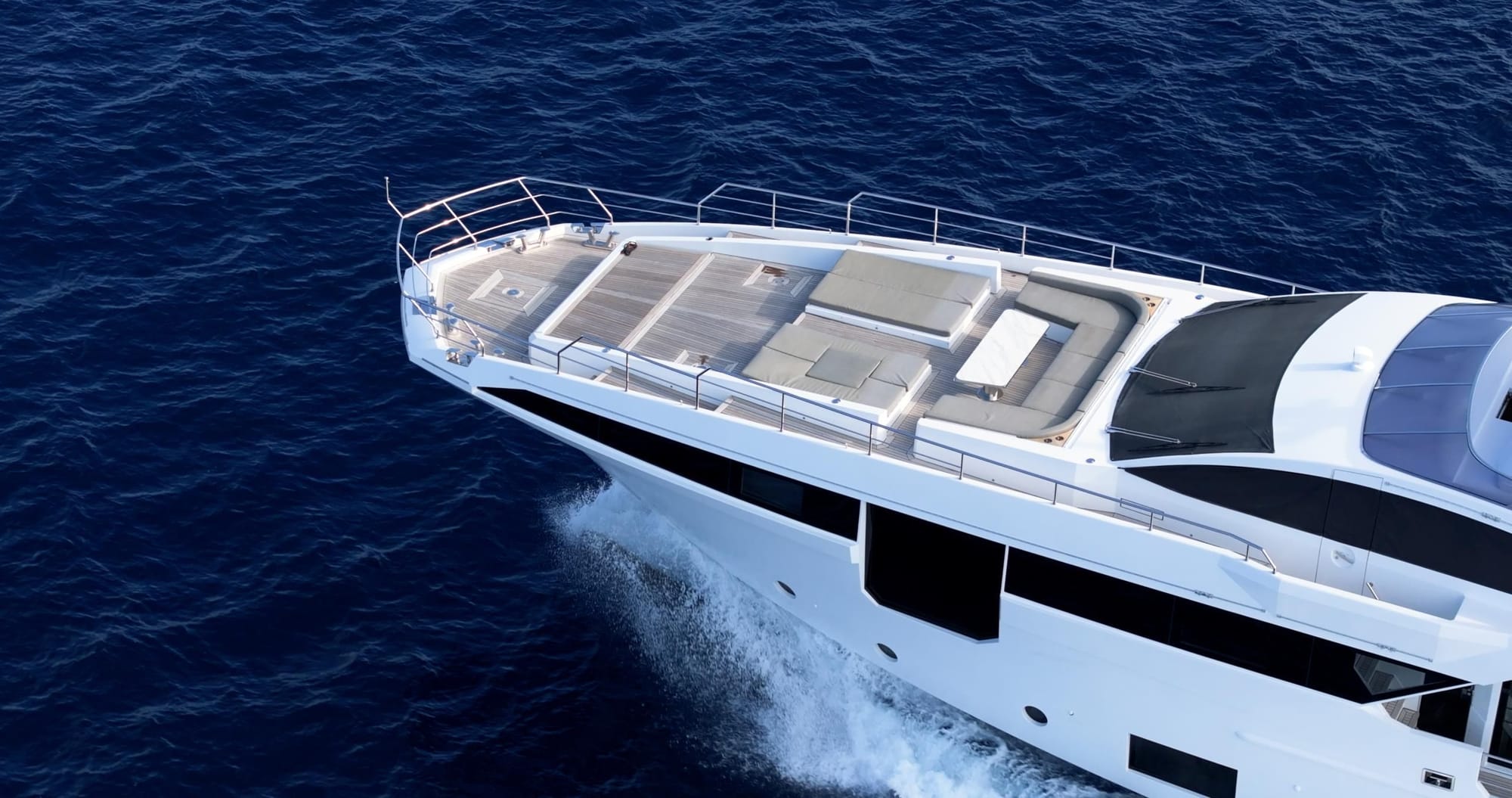
The Future of Cybersecurity in Yachting
As superyachts continue to embrace technological advancements, cybersecurity must be treated with the same level of importance as physical security. Owners, designers, and crew must work together to develop robust defense systems that safeguard these floating palaces from digital threats.
By implementing proactive security measures, investing in specialized cyber insurance, and staying ahead of emerging risks, the superyacht industry can navigate the digital future with confidence—ensuring that luxury and security go hand in hand on the open seas.






